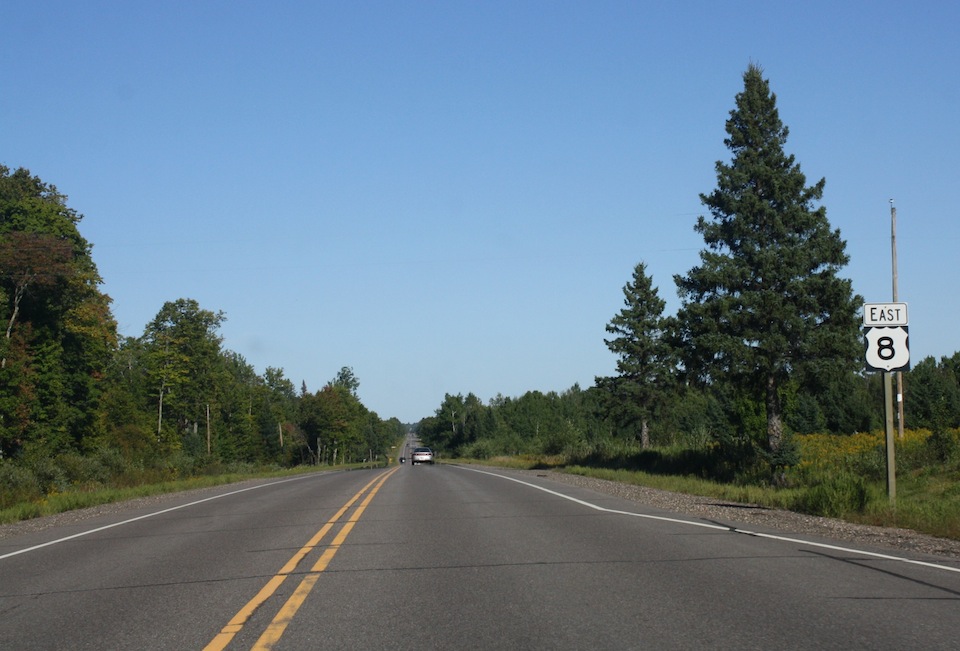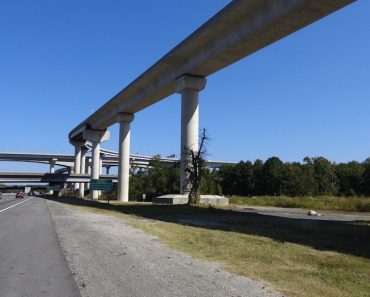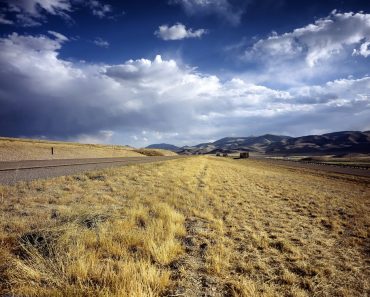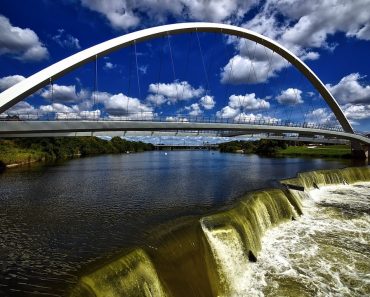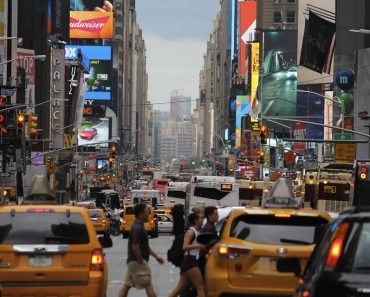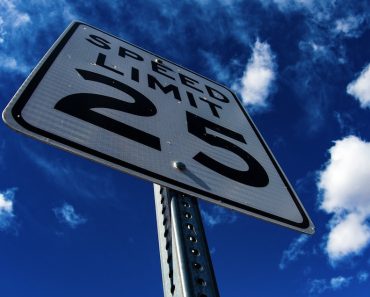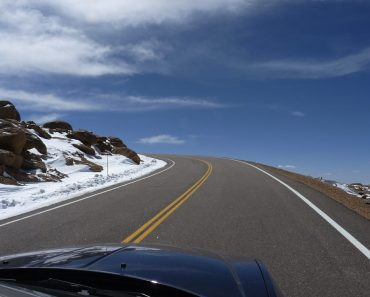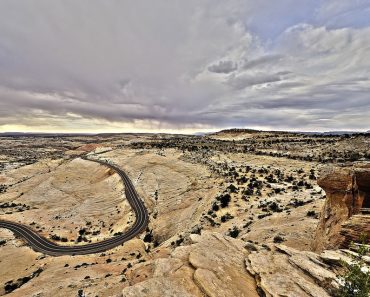In Wisconsin the maximum speed limit of 70 mph (113 km/h) is posted on freeways and 65 mph (105 km/h) speed limit is posted on expressways but requires signs to be effective. The default speed limit on freeways is posted at 55 mph (89 km/h). Outside of built-up areas (these include denser business, industrial or residential land uses according to the relevant law) a 55 mph (89 km/h) limit is effective in the absence of other indications. In the densest urban districts a statutory 25 mph (40 km/h) speed limit is effective when adequate signage is used, as is 35 mph (56 km/h) speed limit in areas of light development. The same applies to 45 mph (72 km/h) limits on highways designated as “rustic” roads.
The State of Wisconsin has default speed limits: 15 mph (24 km/h) speed limit apply in school zones (on major roads during school arrival and dismissal periods only), near parks with children, and in alleys; 5 mph (8 km/h) default speed limit apply, unless modified by the managing authority, on “service roads” within corporate limits; within municipal boundaries and in areas of dense urban development a 35 mph (56 km/h) speed limit is in effect unless another speed limit is indicated. In some jurisdictions, the 25 mph (40 km/h) limit is the default speed limit for residential areas and the entry to such an area is marked by speed limit signs.
Vehicles that lack rubber tires filled with compressed air and/or carry a slow moving vehicle orange safety triangle have a hard speed limit of 15 mph (24 km/h).
While all two-lane roads maintained by Wisconsin Department of Transportation have a 55 mph (89 km/h) maximum speed limit, a small portion of Minnesota State Highway 23 that passes through the state south of Superior but is maintained by Minnesota Department of Transportation has a 60 mph (97 km/h) speed limit through the state.
